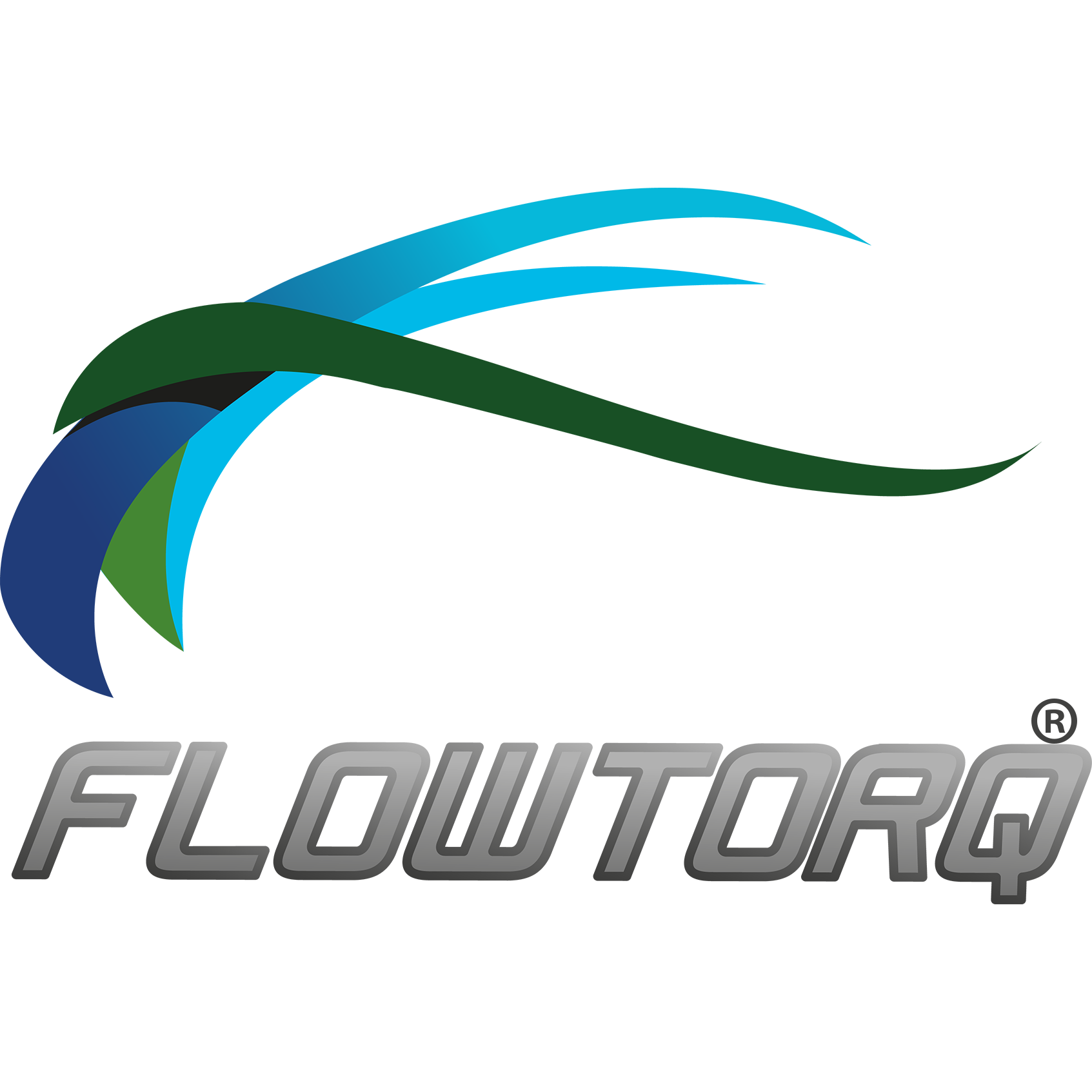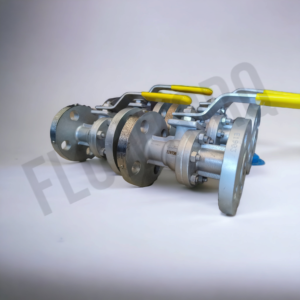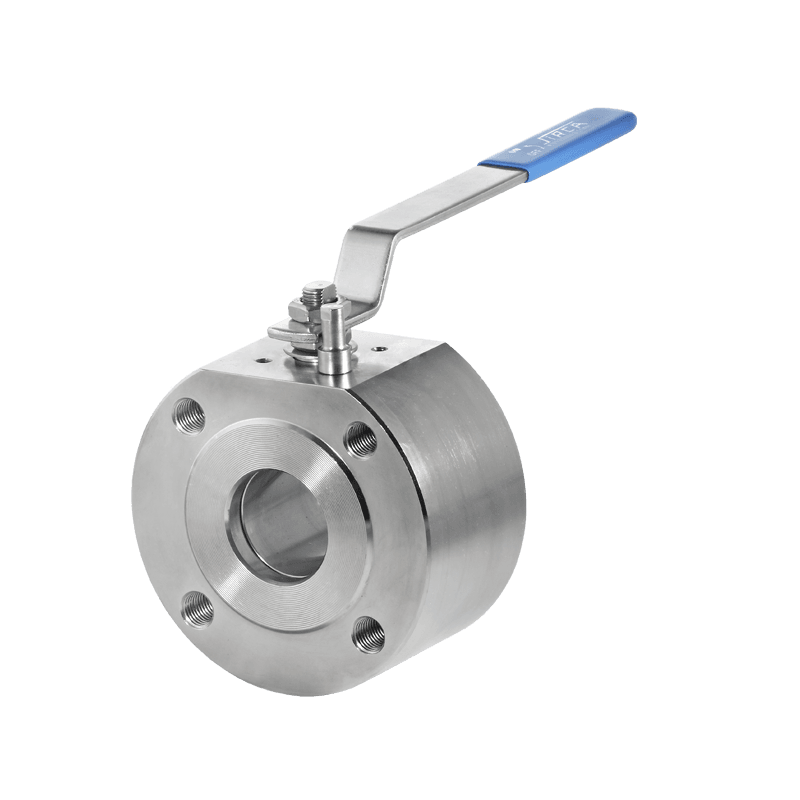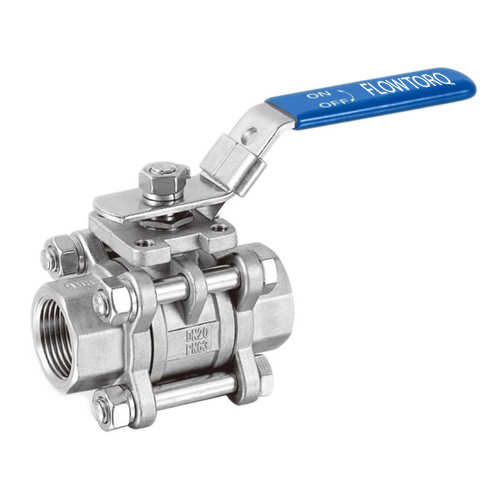Ball Valves - API 6D ASME ISO 17292 & B16.34�
Flowtorq Engineering is best manufacturer of ball valves. Ball valves are mainly used to shutt off, distribute and change the direction of fluid medium flow in pipeline. O shaped ball valves are usually used for ON-OFF applications while V shape opening has good flow adjustment function. Ball valve are generally quarter turn operated valves, i.e. needs to be operated with a rotation of 90 degrees and a small turning torque to close tightly. The completely equal valve body cavity provides a direct flow path with little resistance for flow. Ball Valves are designed as per BS 5351, API 6D, ASME B 16.34 and ISO 17292 standards.


Technical Specifications
Cast Steel Ball Valves 150# to 2500#
-
Carbon Steel - WCB, WCC
-
Stainless Steel - CF8, CF8M, CF3, CF3M �
-
Alloy Steel - WC6, WC9, WC12
-
Brass�
-
Bronze
-
Aluminum Bronze
-
Duplex and Super Duplex - CN7M, 4A, 6A, 5A
-
Hastelloy ad other grades - HAstelloy, Monel, etc.
-
Ball - Carbn Steel + ENP, SS304/L, SS316/L, Duplex, Monel, HAstelloy
-
Stainless Steel for Ball, Stem and seat retainer rings
- Seats - PTFE, RTFE, PEEK, NYLON, TEFLON, VITON, etc.
- Metal Seated - SS + Tugsten Carbide coating (TC)
- Other Trim as per Client requirement
-
Flanged
-
Butt Weld
-
RTJ (Ring Type Joint
-
Limit Switches
-
Position Indicators
-
BS 5351, ISO 17292, API 6D, ASME B 16.34
-
API 598 / BS 12266-1 / FCA
-
Other End User Standards
-
Hand Lever Operated
-
Gear Operated Handwheel
-
Electric Actuator Operated
-
Pneumatic Actuator Operated
-
Motorized (Electric)
Forged Steel Ball Valves 800#
-
Carbon Steel - A105
-
Stainless Steel - F304/L, F316/L
-
Alloy Steel - F11
-
Duplex and Super Duplex - F51
-
Ball - Carbn Steel + ENP, SS304/L, SS316/L, Duplex, Monel, HAstelloy
-
Stainless Steel for Ball, Stem and seat retainer rings
- Seats - PTFE, RTFE, PEEK, NYLON, TEFLON, VITON, etc
- Other Trim as per Client requirement
-
Screwed / Threaded (Female)
-
Socket Weld
-
Pipe End
-
Welded Nipples both sides
-
Socket Weld X Threaded
-
Scoket Weld X Pipe End
-
Limit Switches
-
Position Indicators
-
BS 5351, ISO 17292, API 6D, ASME B 16.34
-
API 598 / BS 12266-1
-
Other End User Standards
-
Hand Lever Operated
-
Electric Actuator Operated
-
Pneumatic Actuator Operated
-
Motorized (Electric)







